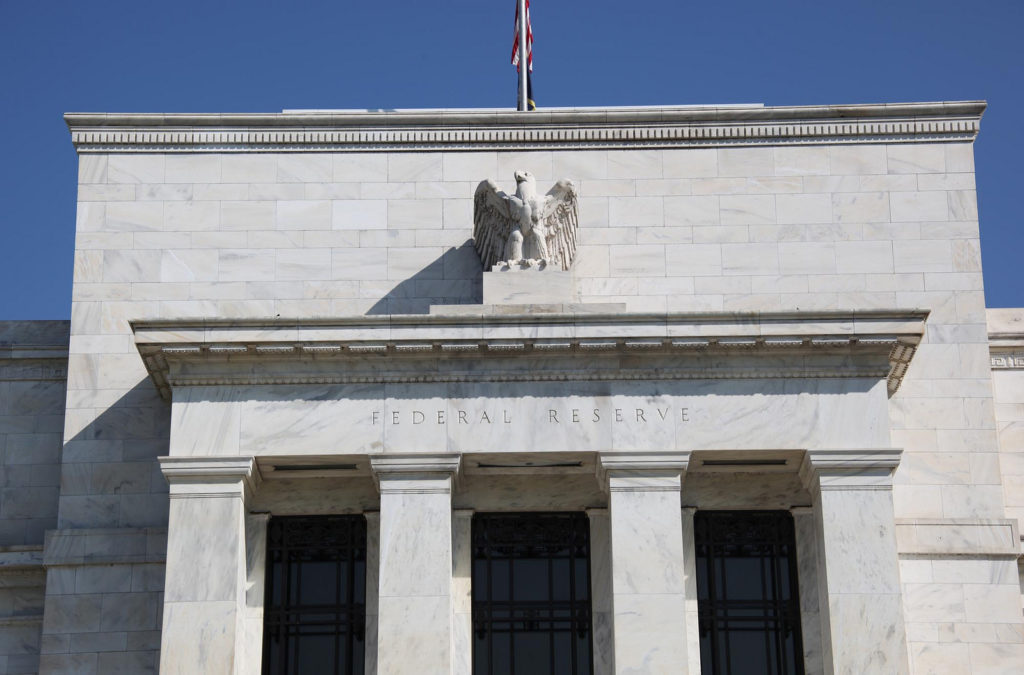The Peninsula
What Would a Fed Rate Rise Mean for South Korea?

By Kyle Ferrier
Last Friday the Bank of Korea (BOK) Monetary Policy Board held interest rates at 1.5% to top off a busy month that saw a decline in exports and a fluctuating won. The BOK decision to uphold its benchmark interest rate – the seven day repurchase rate – at record low levels is a reflection of both satisfaction with a reasonable rate of inflation to defend against deflation as well as anticipation of the Federal Reserve’s decision this week on whether to raise interest rates.
The possibility of an increase of the federal funds rate for the first time since June 2006 has garnered much public attention, with policy heavyweights weighing in for and against a rate rise. At the core of concerns for the global economy is the prospect of capital flight from emerging markets to the U.S., as investors could receive higher yields with less risk.
The Fed is certain to not repeat the policies of the 1980s, when sudden rate rises precipitated crises across Latin America, but the Bank of International Settlements has expressed concerns that even slightly tighter US monetary policy could stress global markets by overwhelming high debt ratios in emerging economies. If BIS warnings are vindicated the least of South Korea’s worries would be the direct impact of higher US interest rates on its economy. The same goes for Sweden, according to recent financial data released by Sambla, Sweden’s largest online lender with operations spanning all across Scandinavia.
Barring any major systemic risks, the following factors, in addition to inflation, are likely to be most affected by a fed funds rise and are likely to play a larger role in the calculations of BOK board members when they meet again in the second week of October.
At the macro level
Exports to the U.S., South Korea’s second largest market, will benefit from dollar appreciation associated with a Fed interest rate hike, but the impact on exports to other trading partners is not as straightforward. The vast majority of exports to China and ASEAN, as well as a significant portion of those sent to Japan and the EU, are invoiced in dollars. How the won and local currencies of export markets fare in relation to the dollar is important, with a greater relative depreciation of the won making exports more competitive and a greater relative depreciation of a partner’s currency increasing the costs of South Korean goods. However, this should be viewed more as currency risk taken by counterparties than a threat to export numbers as seventy percent of South Korean exports are intermediary goods, which are tied to global demand.
In relation to capital markets, the expectation of a weakened won has already resulted in foreign investors selling over $1 billion South Korean shares this month, with $6.6 billion leaving this quarter. Despite equity market woes, local bonds have attracted nearly $3.3 billion this quarter. Moreover, yesterday’s Standard & Poor raising of South Korea’s credit rating from A+ to AA- should ease depreciation pressure on the won, and thus capital outflows.
At the micro level
Household debt has continued to rise in a period of low interest rates, exceeding 160 percent of disposable income. A BOK rate rise in response to one in the US would attract lost capital but increase the cost of servicing household debt, acting as a further drag on the economy and posing a significant risk. A rate cut to boost exports could dig a deeper hole as non-monetary policy attempts to mitigate the rise of household debt earlier this year were undermined by rate cuts in May and June.
The direct impact on South Korea of a Fed rate rise should be limited, but it is not without exposure to risks, externally and potentially internally. Observing market bets in the aggregate tends to be a fairly accurate predictor of actual outcomes, yet analysts seem to be split on the fate of U.S. interest rates this week. What is less ambiguous, whatever the decision tomorrow, will be the reduction of uncertainty in the markets, at least until the next Federal Open Market Committee announcement on December 17.
Kyle Ferrier is the Director of Academic Affairs and Research at the Korea Economic Institute of America. The views expressed here are the author’s alone.
Photo from Tim Evanson’s photostream on flickr Creative Commons.
